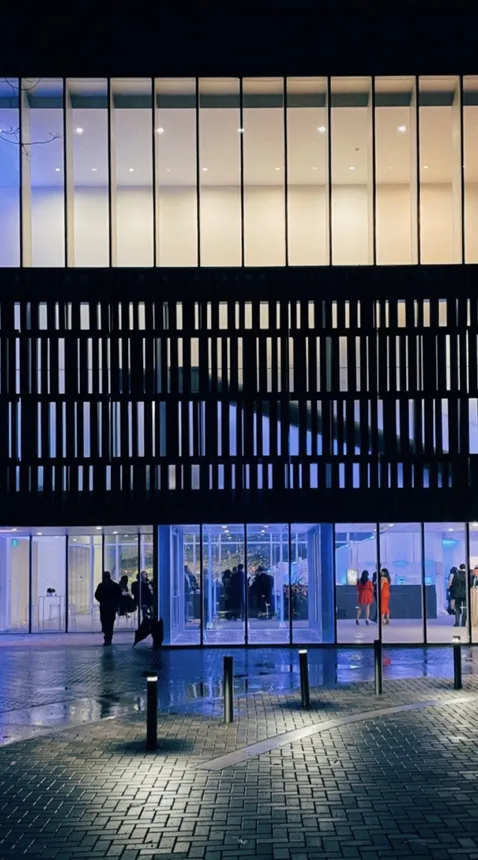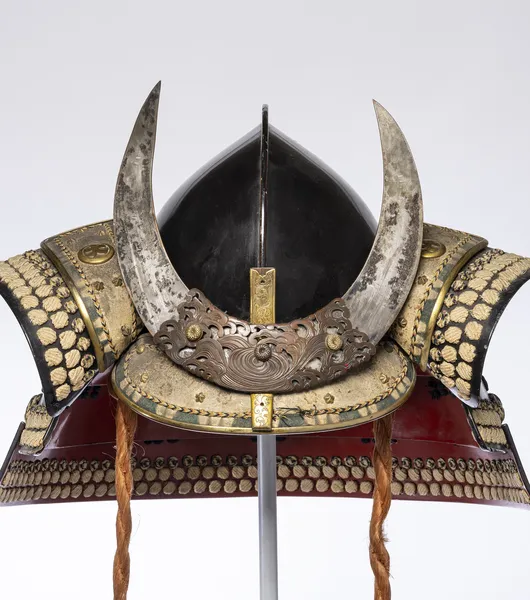
Arms and Armor: Evolution and Innovation
March 7, 2024–August 11, 2024
‘Arms and Armor’ brings together historical weaponry and natural history specimens to highlight parallels between combat in the human and natural worlds.
The diabolical ironclad beetle can withstand a force 39 thousand times its own body weight. In what ways does this tiny beetle inspire modern engineers? That question is one of many explored in the exhibition Arms and Armor: Evolution and Innovation.
Throughout the ages, weapons and armor have evolved in response to the pressures of ecological competition and human warfare. “Arms and Armor” explores parallels in the ways natural selection and human innovation influence the shape, composition, and function of structures ranging from turtle shells to chain mail.
Weapons and armor from around the world are displayed side-by-side with natural history specimens such as taxidermy, skeletons, and fossils. Rather than being grouped culturally or taxonomically, objects are arranged by shared function.
One prevalent example is segmented armor which provides lightweight, flexible protection and has arisen hundreds of times in the animal world in species ranging from centipedes to armadillos. Japanese samurai developed a similar style of armor, using overlapping bands of lacquer-plated metal. Heavier plate armor provides better protection but limits movement. In the exhibition, this paradigm is exemplified by juxtaposing the bony plate armor of the giant, extinct fish Dunkleosteus with the steel suits of armor worn by knights during the Middle Ages.
In terms of protecting ourselves from threats, there are incredible connections between human innovation and animal evolution throughout history. This exhibition highlights those parallels with profoundly captivating objects, from 17th century dueling swords to the jaws of Tyrannosaurus rex.
The objects on view come from the Bruce Museum collection, as well as loans from the Fairbanks Museum and Planetarium, Stamford Museum & Nature Center (Stamford, Connecticut), Worcester Art Museum (Worchester, Massachusetts), Yale Peabody Museum (New Haven, Connecticut) and private collectors.
Generously sponsored by Emcor Services, New England Mechanical, CT Department of Economic and Community Development, CT Humanities.


Bruce Presents: The Intricate Art of Arms and Armor with Jeff Wasson
Date: Thursday, March 21, 2024
Time: 6:00 PM-7:30 PM
Audience: Adults (18 and up)
Cost: Adults - $20, Livestream-$20, Students and Members receive a 20% discount
Speaker: Jeff Wasson
Join us on a captivating journey through the annals of history as we delve into the world of medieval arms and armor. In this immersive presentation our expert lecturer Jeff Wasson will unravel the mysteries surrounding medieval weaponry and defensive gear, offering insights into their design, construction, and significance on the battlefield.
Bruce Presents: The Intricate Art of Arms and Armor with Jeff Wasson
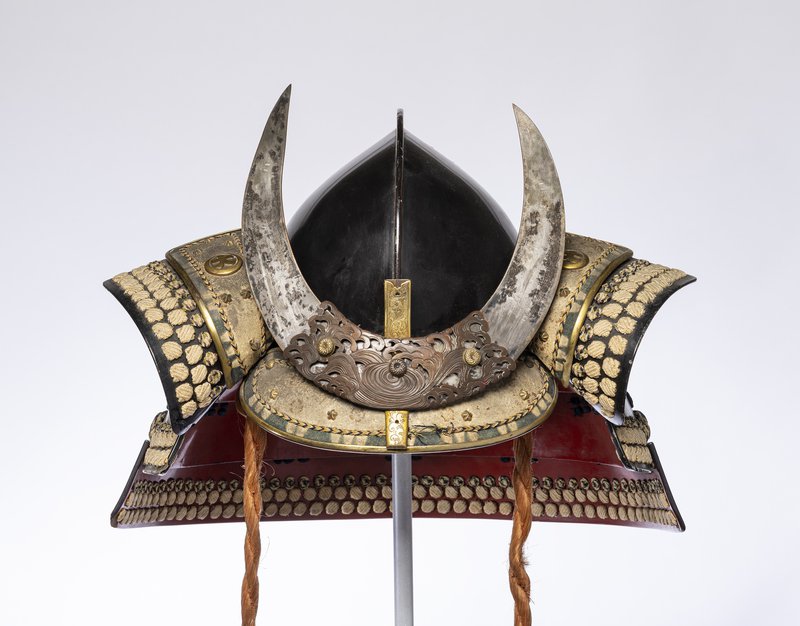
Samurai Helmet
Edo Period, Japan
Bruce Museum Collection
Gift of Mrs. Matthew E. Hanna
Photo by Paul Mutino
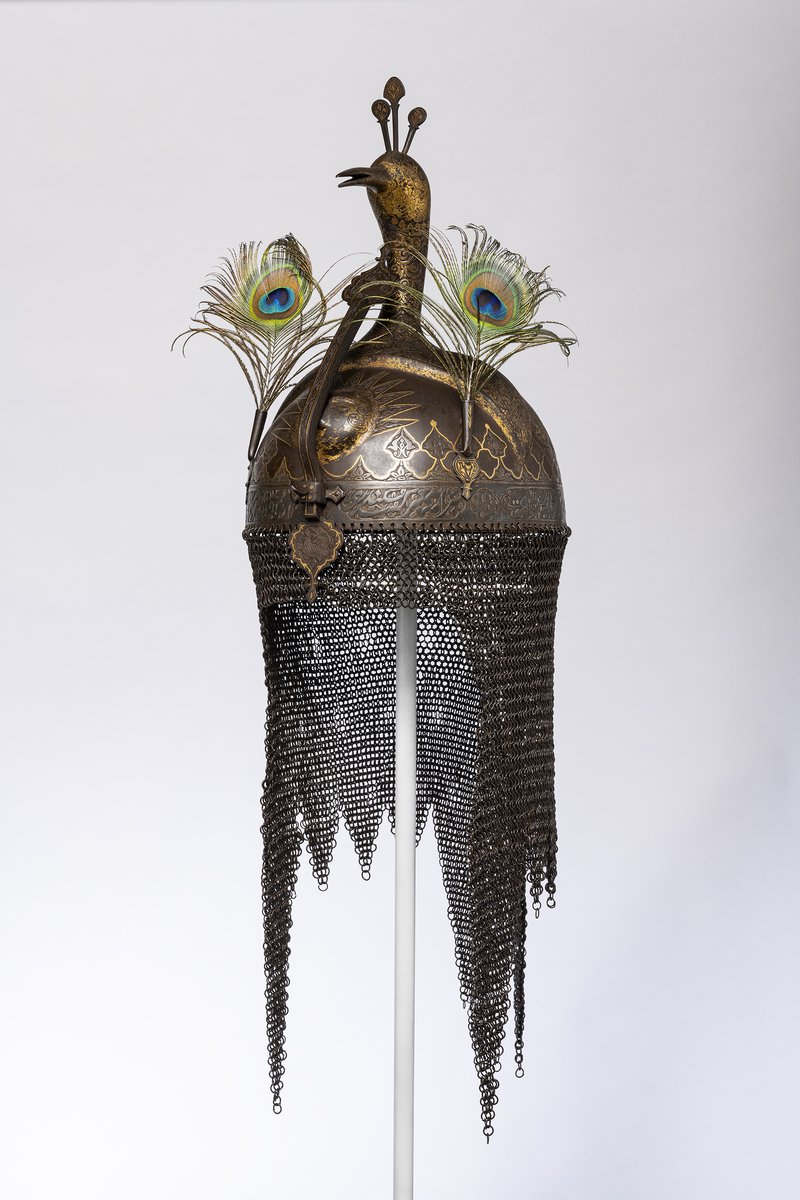
Kulah Khud Helmet
18th-19th century, Persia
Bruce Museum Collection 16831.03
Gift of Miss Amelia F. MacFarlane
Photo by Paul Mutino
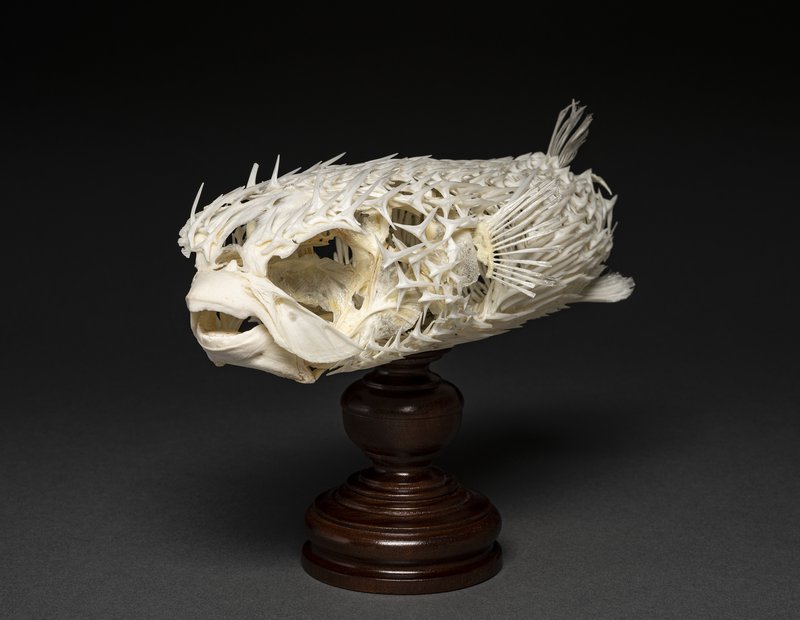
Shortspine Porcupinefish (skeleton)
Diodon liturosus
Photo by Paul Mutino
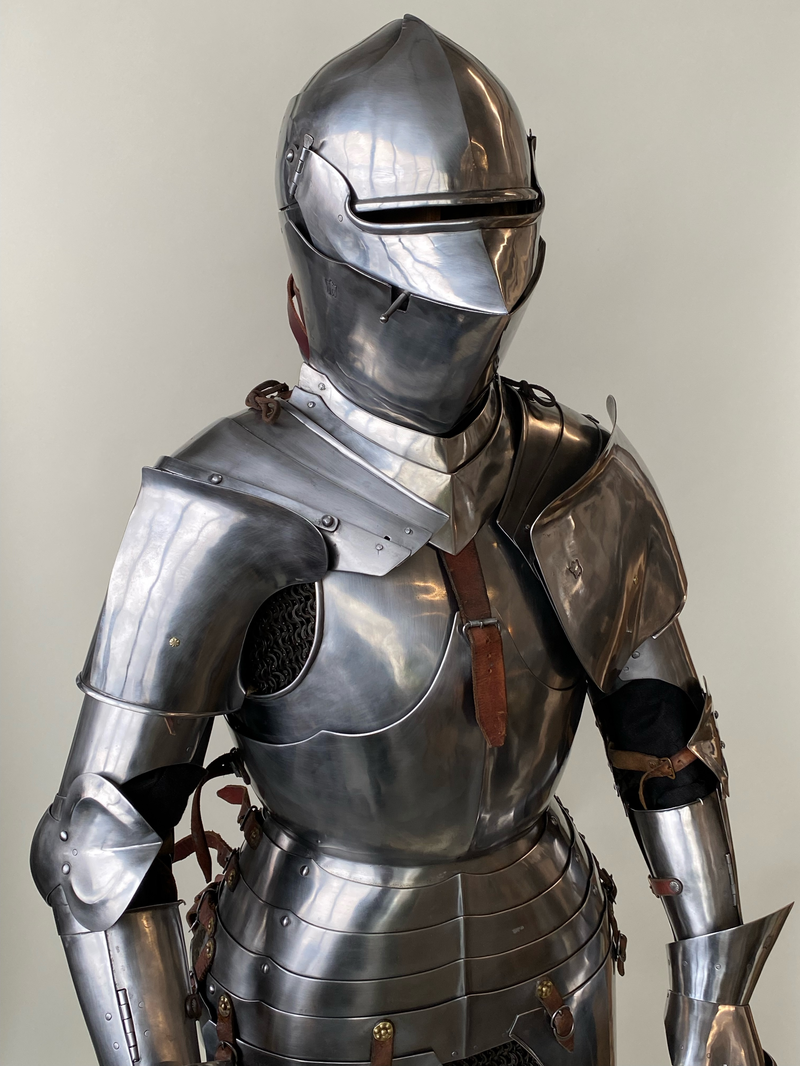
15th century Italian suit of armor
reproduction
Photo and armor courtesy of Jeff Wasson
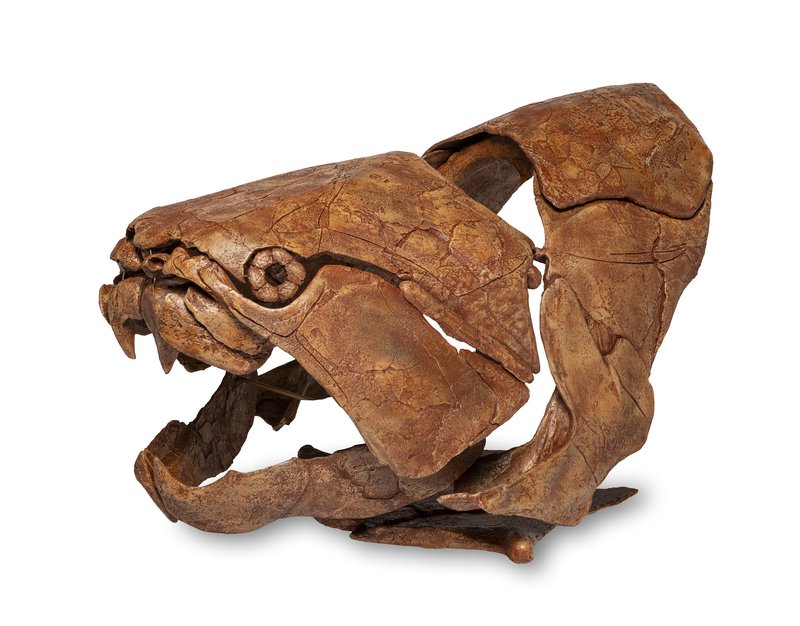
Placoderm Fish Skull (cast)
Dunkleosteus marsaisi
Photo by Paul Mutino

